29th Dec 2022
An uncommon style that some will not be able to get enough of (especially considering the small yields), 2017 is a vintage where extraordinary wines possessing great depth and super ripe, super-fine tannins can be found, achieving ripeness at modest alcohol levels. This is a face of Bordeaux that we have not seen in many years.
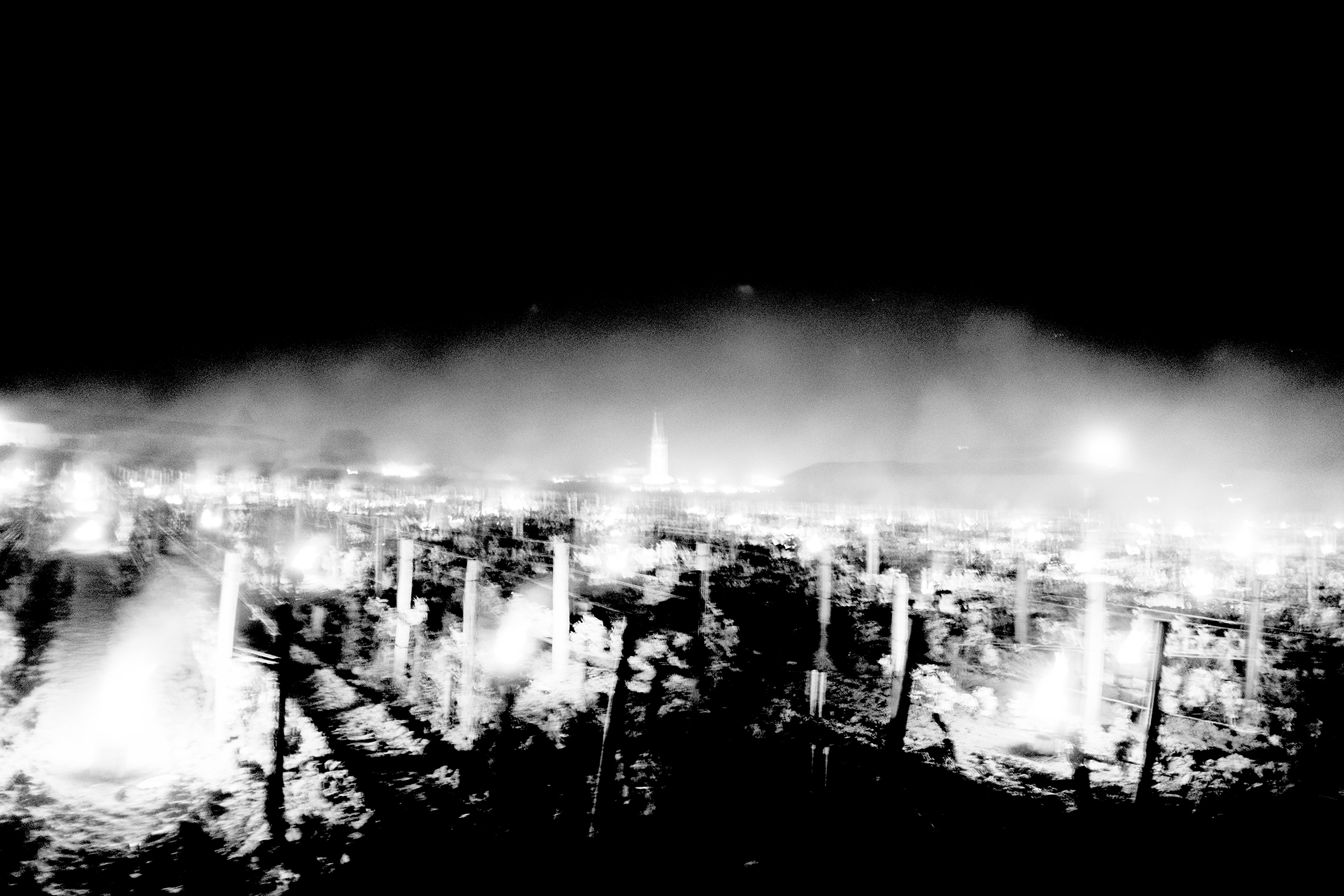
Frozen
Out of the recent retrospective tastings I’ve conducted this year: 2005, 2012, 2015, 2016, 2017, 2018, and 2019, 2017 was the biggest surprise. The best 2017 reds are elegant and approachable when young, yet, surprisingly, they are also built to age. This delicate yet age-worthy signature is something that Bordeaux hasn’t been able to nail in recent years. Previous earlier-drinking vintages with cellaring potential relied on rich, concentrated, hedonic fruit to carry it off, à la 2009, 2015, and 2018. Conversely, 2017 is all about finesse and aromatic intensity, as opposed to brute power—a style some Bordeaux wine lovers will not want to miss.
THE GROWING SEASON
Early in the game, the 2017 vintage splintered into several viticultural and winemaking paths, primarily because of the devastating April frosts. On the evenings of April 27-29, Bordeaux was hit by its worst freeze since 1991. Saint-Émilion and Pomerol looked like a scene from Apocalypse Now. Thousands of smudge pots/candles burned in the vineyards throughout the three nights. At dawn, helicopters hovered low and loud under the black smoke as anxious vignerons waited for the aftermath to unfold. In the end, an estimated 60% to 70% of all vineyards across Bordeaux were affected by the frosts in some way.
The impact of the frosts was both immediate and insidiously delayed, manifesting itself in ways that were not so obvious as the dramatic singeing of nascent shoots and leaves in the days that followed the frost. Surviving shoots in badly frosted areas and second-generation crops can be both a blessing and a curse. The final harvest figures brought the extent of the devastation into focus: overall yields were down by around 40% on 2016 (which was, admittedly, a bumper crop) and down by 33% on the ten-year average, with the most significant losses on the Right Bank (Saint-Émilion, Pomerol, Fronsac and the satellites), Entre-Deux-Mers, Barsac and Graves/Pessac-Léognan.
Patrice Leveque of Clos l'Eglise (left) and the late Denis Durantou of l'Eglise Clinet (middle) share a moment of camaraderie before commencing battle on April 28 at 4am.
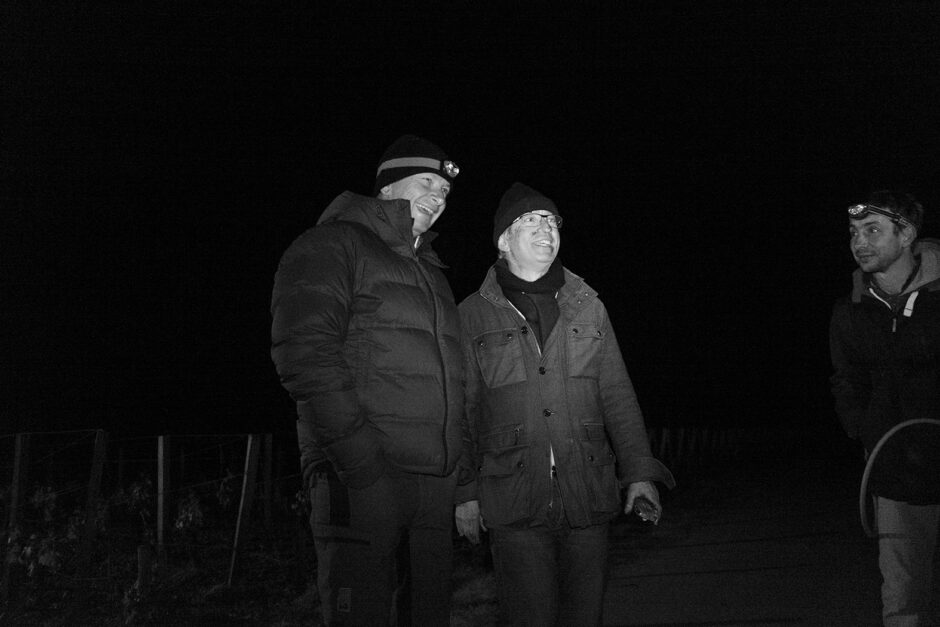
“Of 800 hectares in Pomerol, only 200 were not affected by frosts,” Alexandre Thienpont of Vieux Château Certan commented, alluding to the benefit of vineyards situated on the plateau, which were relatively untouched. Saint-Émilion was a similar story, although because it is a significantly larger commune, the scale of loss at the lower altitudes below the plateau was even greater.
Margaux also took quite a hit, depending on the site’s elevation and proximity to the Gironde estuary. Meanwhile, parts of the northern Médoc—including the communes of Saint-Estèphe, Pauillac, and Saint-Julien—got off relatively lightly during the frosts, especially those vineyards hugging the Gironde estuary.
Apart from yields, the most notable impact of the frosts was the range of styles and varying quality levels produced across Bordeaux.
A major fork in the vineyard management road occurred after the frost, splitting producers completely or largely unaffected from those that lost a significant portion of their vines.
Some of the Chateaux with significant frost damage chose to cut their losses and work only with the unaffected vines, often creating atypical styles because only part of their vineyard was used. Others decided to isolate the affected vines and ripen the second-generation fruit, some going on to create double-personality blends of first-generation and second-generation fruit. In this case, quality depended heavily on if the second-generation fruit was fully ripe.
May and June were unusually hot and dry. Vines that escaped the frost enjoyed swift, even flowering and fruit set. Meanwhile, the second-generation shoots on the frost-affected vines that were still viable were lagging some three weeks behind the unaffected vines and, therefore, experiencing a completely different growing season.
All vines were parched and starting to struggle from hydric stress by the end of June, so no one complained when the skies opened during the last five days of that month, depositing around 100 millimeters (nearly four inches) of rain.
July was dry. There were a few hot days, but otherwise, it was temperate. Veraison started for the non-frosted vines around July’s third and fourth weeks. August continued to experience warm and cool swings. The cooler days slowed the otherwise rapid ripening and kept the phenolics (tannins and color compounds) and flavors developing steadily without too much sugar accumulation. Light showers fell toward the end of August, but nothing alarming. This was when the dry white grapes began to come in from the un-frosted vines, and by then, growers of this style were already aware that they were onto something special.
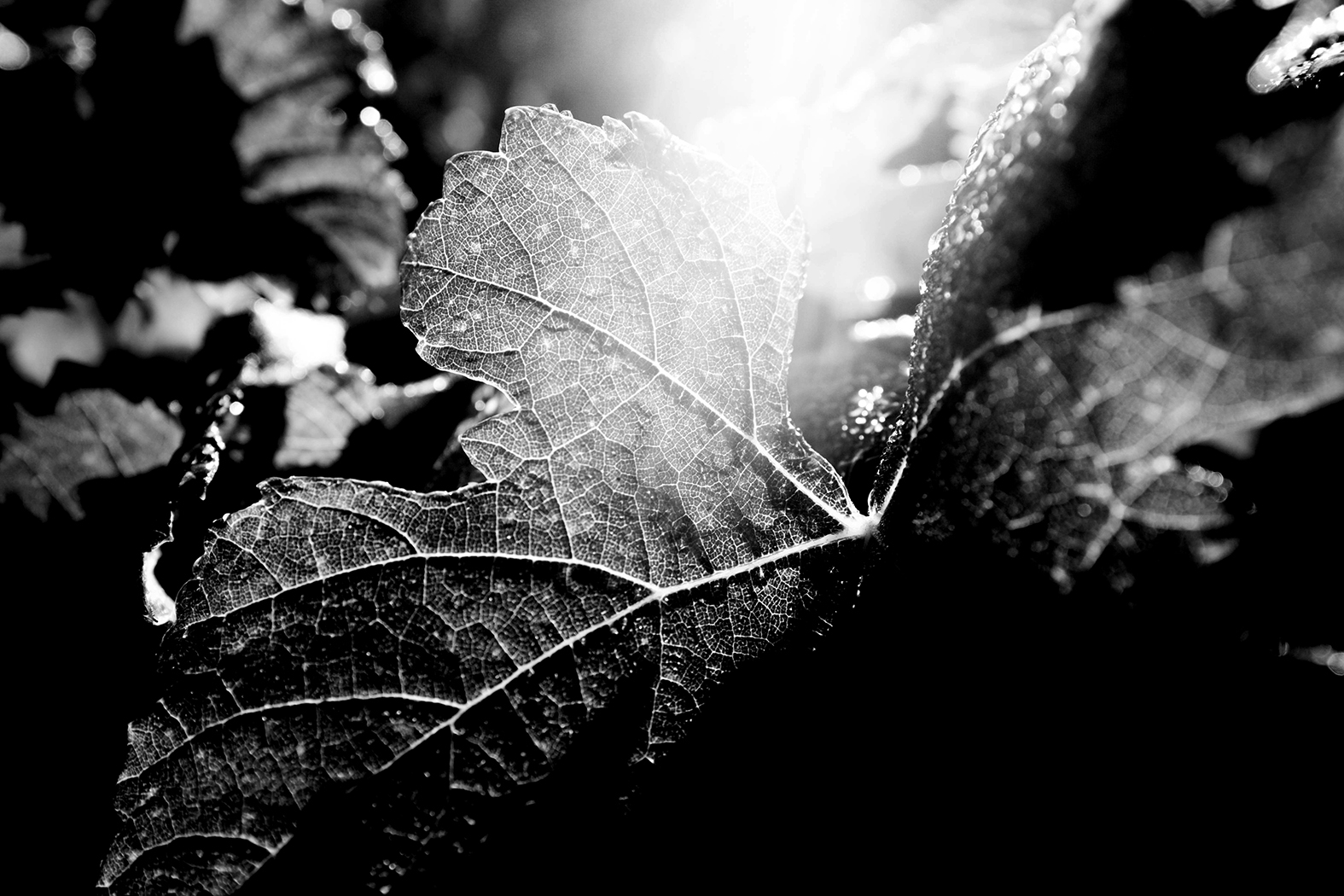
Terroir made all the difference in 2017.
Rain fell in mid-September before the bulk of the Cabernets and a good portion of the Merlot had been harvested. To understand why some vineyards were less impacted by dilution and others significantly so—which is what my tastings tell me—it is important to consider the amount, the duration, the timing in the growing cycle, and, critically, the soil type and topography upon which it fell. This was a precocious year for those vineyards unaffected by the frosts, thanks to that warm spring and early budburst. Some Merlots had already been harvested in early September before the rains started. One such case is Château Lafleur, who had their Merlot component in before the bulk of the rains. But this was the exception rather than the rule.
The amount of rain that fell at harvest in 2017 was about half of what the northern Médoc received in 2015 during harvest. Crucially, in 2015 the rains fell over three days, yet in 2017, they fell over ten days. This makes a big difference in how much water the soils can incorporate. Consequently, terroir made all the difference in 2017. The well-drained gravel soils, especially those on slopes/hills, received far less impact from this stretched-out period of rain. The success of these free-draining soil types was apparent when considering the caliber of wines coming out of some of the vineyards hugging the estuary in Saint-Estèphe and Pauillac.
The waiting game some times paid off in 2017.
The harvest timing also played a significant role in 2017, and it paid off for those winemakers who braved it out for a further 10-20 or more days after the rains. “With this vintage, you really had to play with the rain,” commented Francois Mitjavile of Le Tertre Roteboeuf, who harvested around three weeks after the rains. Others who played the waiting game successfully included Lafleur, who harvested their remaining parcels on September 28 and 29 to achieve the quality of the Cabernet Franc component they managed in 2017, and Château Pavie, who began harvesting on September 25 and ended on October 3.
The other major factor impacting quality is that the grapes from vines that had escaped the frosts were very close to phenolic ripeness by the time the mid-September rains arrived. Thus, the water slightly affected the concentration of these berries, but not phenolic ripeness. This helps explain why the second-generation crop struggled to ripen and, if used, required a lot of selection.
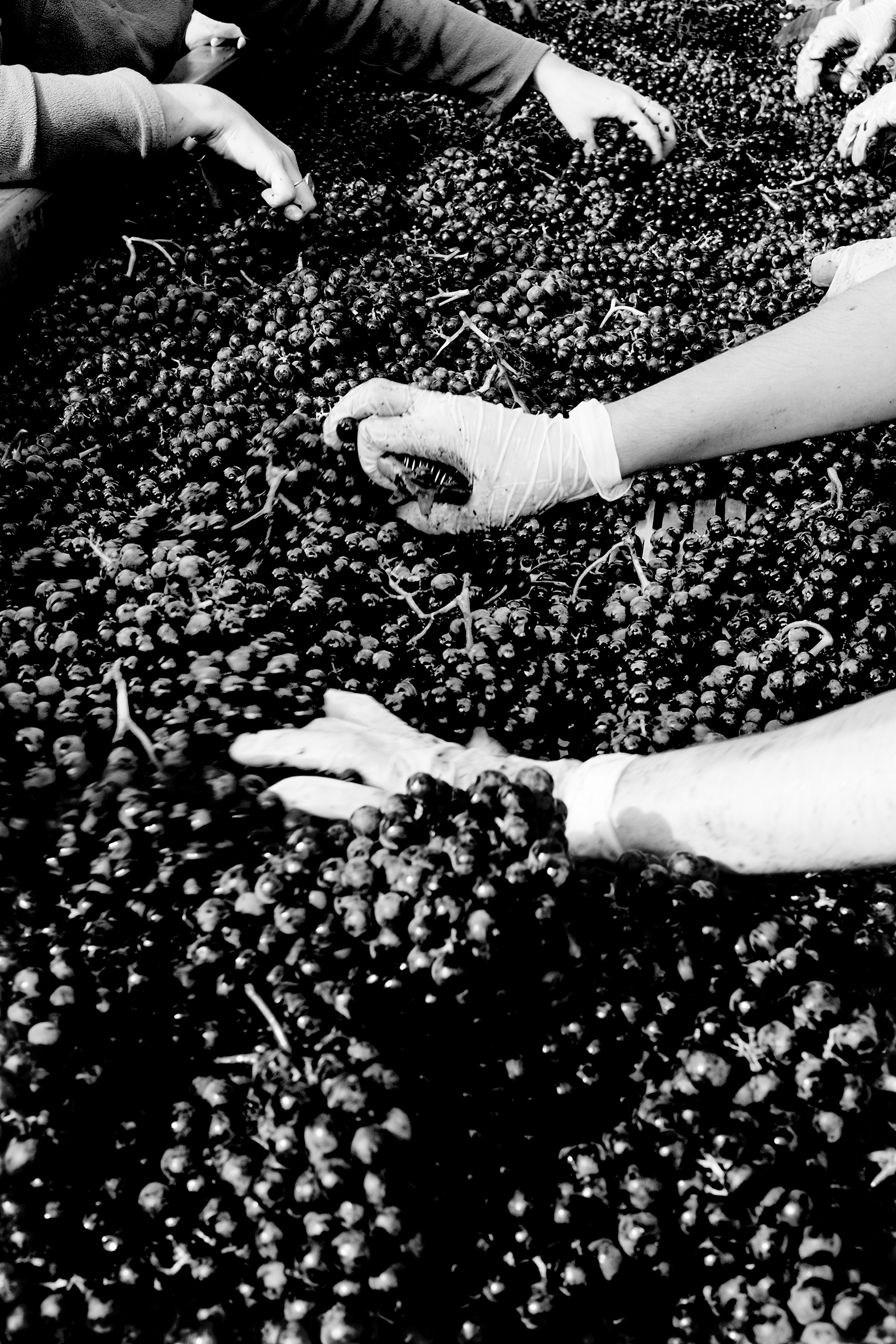
2017 QUALITY AND STYLE
Opportunities for greatness are well-spread throughout Bordeaux in 2017. There was no single commune or grape variety that excelled. However, the best wines tend to come from the vineyards that were relatively untouched by the frosts, including those close to the estuary in Saint-Estèphe, Pauillac, Saint-Julien, and Margaux on the Left Bank and the Right Bank vineyards on the plateaus in Pomerol and Saint-Émilion.
Stylistically, 2017 is a far cry from either 2015 or 2016, both significantly warmer, sunnier vintages. In fact, 2017 is entirely different from any recent vintage.
The secret to 2017s elegance with ageability is the quality of tannins: super ripe, finely grained, and soft-textured in the best wines. We also have some very clever winemaking to thank for this. With the benefit of hindsight, the best winemakers were ultra-cautious about not over-extracting, which paid off.
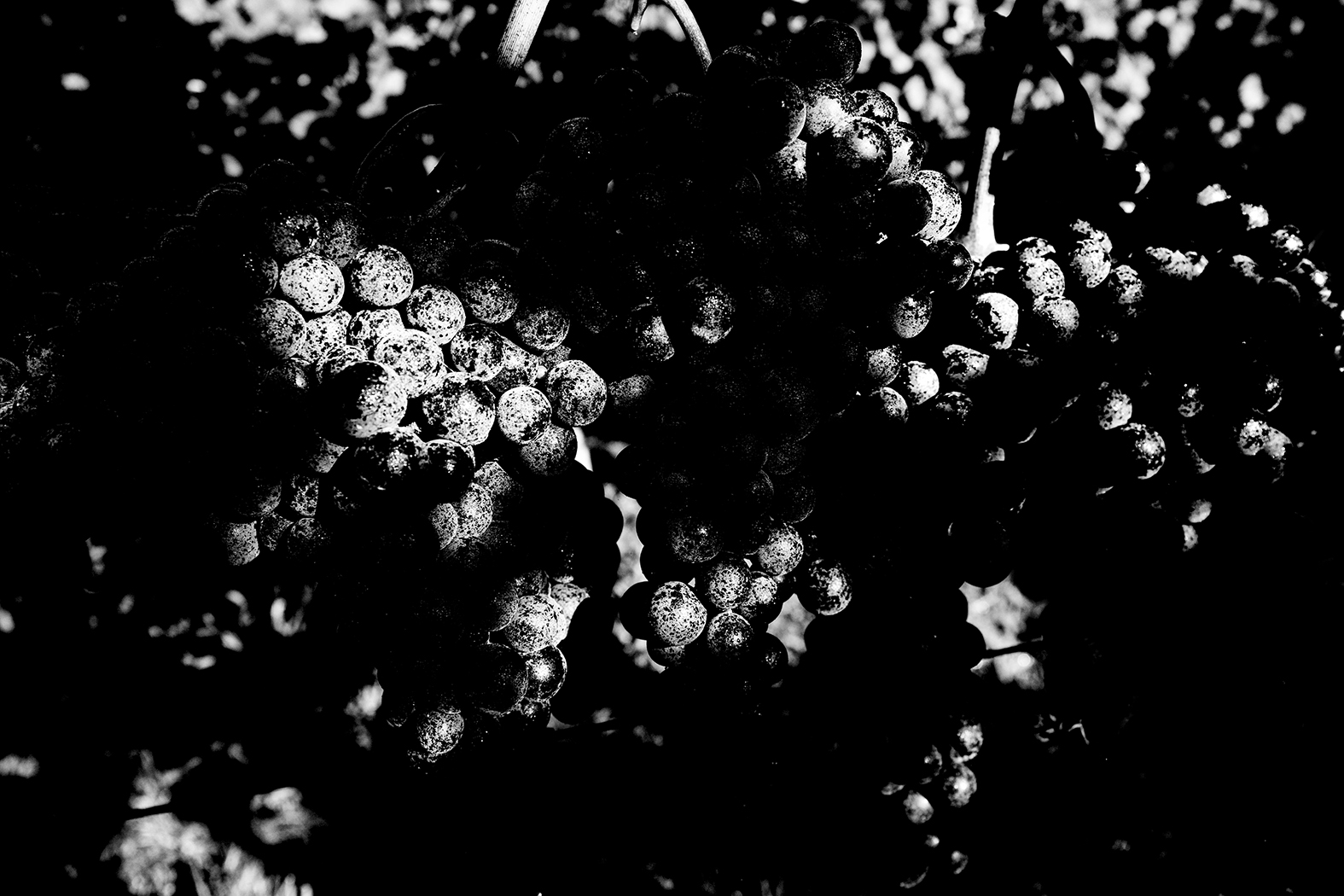
Although approachable in youth, the 2017s are not lacking in structure. The best wines have a good amount of tannin with IPT levels ranging from around 60 to 80—in many cases, at a similar level to their 2015 counterparts. The most successful 2017 reds tend to have moderate acidity, although the acids can appear fresher because the wines aren’t as rich and powerful as 2015 or 2016. They are mainly elegant, medium-bodied styles with moderate alcohol (generally 13-14%) and have intensely fragrant, multi-layered aromatic profiles.
Dry white Bordeaux wines generally need a colossal shout-out this year – wow! These are bright, refreshing, elegant, and intense, with far more consistency of quality than any other Bordeaux style in 2017.
Now the bad news—unlike the previous two vintages, in 2017, there is not a lot of value to be had at the lower price points, mainly because these vineyards were generally hit hardest by the frosts and tended to have fewer resources at their disposal. The least successful 2017 wines can be a little lean and green, either because of the mid-September rains (dilution) or attempts at using under-ripe, second-generation fruit.
In summary, 2017 is less consistently great than 2016, 2018, 2019, or 2020.
Quality levels run the whole gamut here—from the very pinnacles of greatness down to the depths of mediocrity and way worse. However, there are surprising singularities and a few extraordinary wines that lovers of elegance and perfume should not miss. And a few estates produced wines equal to or better than their 2015s, especially from the communes of Saint-Estephe and north Pauillac.
An uncommon style that some will not be able to get enough of (especially considering the small yields), 2017 is a vintage where extraordinary wines possessing great depth and super ripe, super-fine tannins can be found, achieving ripeness at modest alcohol levels. This is a face of Bordeaux that we have not seen in many years. Without getting into a long-winded discussion about the possible impact of climate change on future Bordeaux wine styles, 2017 is a genuinely gorgeous anomaly in our modern times.
-
Article & Reviews by Lisa Perrotti-Brown MW
Photos by Johan Berglund

PRODUCERS IN THIS ARTICLE
> Show all wines sorted by scoreMore articles

Pilcrow’s New Releases
18th Apr 2024
7 tasting notes
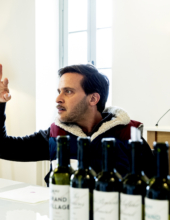
Bordeaux 2023 Primeurs Photo Essay
18th Apr 2024
0 tasting notes
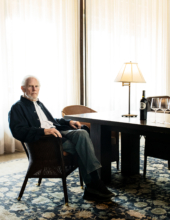
Harlan Estate, BOND, Promontory 2021 and 2011
11th Apr 2024
14 tasting notes
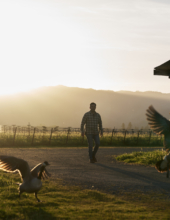
Favia 2012-2021
04th Apr 2024
17 tasting notes
Show all articles